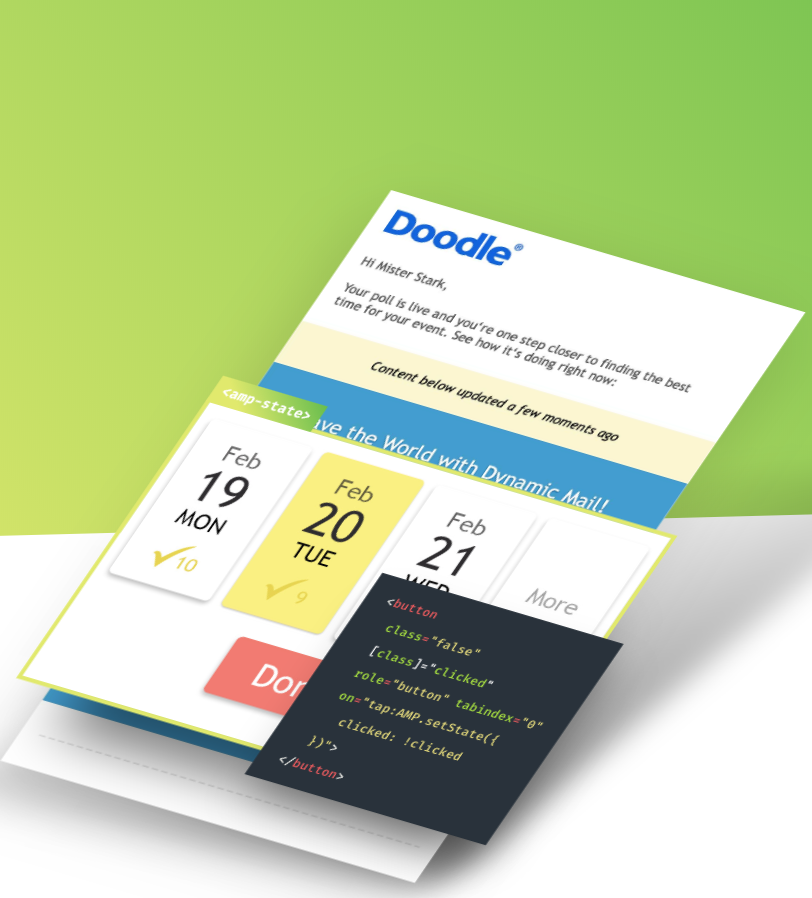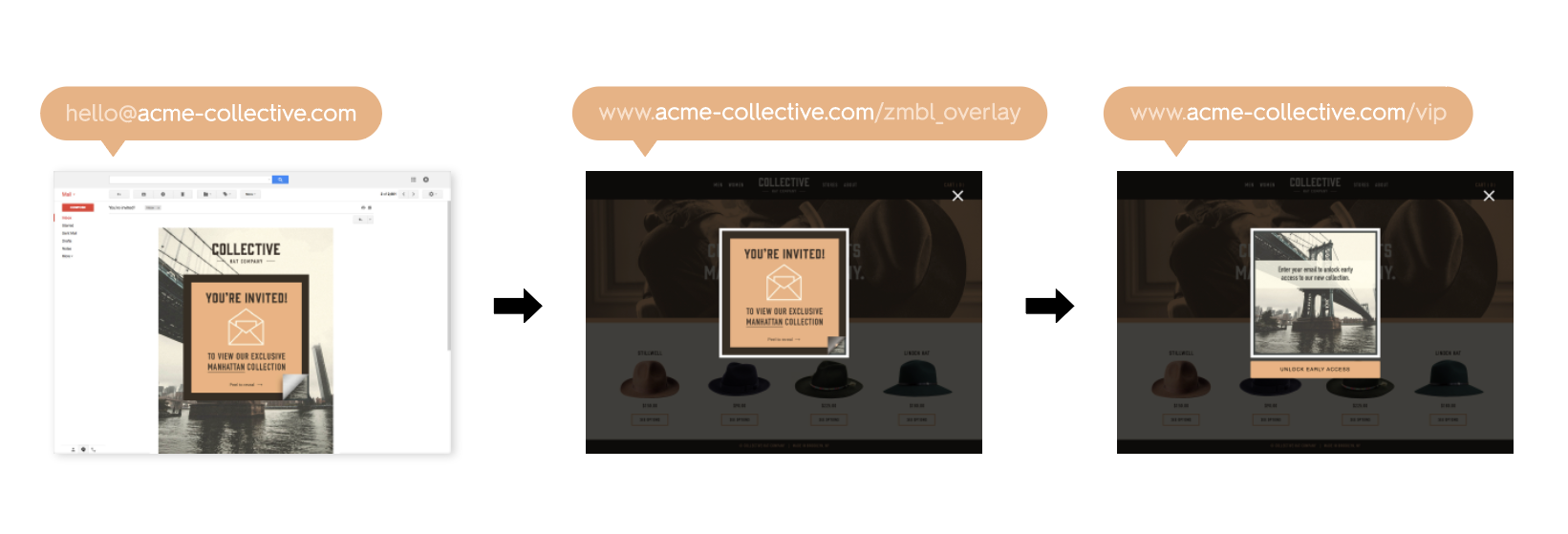Is Google’s AMP for Email Worth Your Time?
You’ve probably heard all the hype going around about Google’s AMP for email, but maybe you are still confused. Well, for those of you that haven’t heard of AMP, it stands for Accelerated Mobile Pages, and it would work the same way for email as it does on the web. It would allow email senders to create a more dynamic email experience with buttons and other interactive elements. Sounds pretty rad right? But is it all it’s cracked up to be? And how difficult will it be to create? Let’s dive into some of the pros and cons of this shiny new tool.
First, let’s look at what AMP can do.
AMP is already being used on the web at large. Basically, AMP allows mobile pages to load really fast by utilizing a stripped down version of HTML. This allows users to access the page experience faster. Now Google is bringing this to email, and in theory, it should allow you to create emails that are more like webpages than emails. Some of the reported features are more opportunities to target consumers, with perhaps auto-refreshed expiry dates on special promotional offers. In short, it promises to make email more dynamic.
Now, that sounds pretty amazing– a dynamic, interactive email that you can update after the fact. But it will only work on desktop for now. With nearly half of all emails opened on phones… it might not be worth adopting right away.
The other issue that is a little uncertain at this point is how it will all work with other ESPs. Google’s Gmail will obviously support it. And we’ve heard that Outlook, Yahoo! and Mail.Ru will all eventually support AMP for email as well. This, undoubtedly, is a huge chunk of email users, but it isn’t all of them. When we get down to it there are many ESPs and within that, there are 100s of email apps all with their own set of challenges when it comes to deliverability. It is almost impossible to send an email like this without it breaking for someone. (I should add that the “broken” experience, is just a plain old static email.)
On top of these things, marketers wanting to use AMP for email will find it pretty difficult to create. “Although basic HTML is supported in AMP, to leverage the powerful features of AMP for Email, developers must understand Javascript like – yet not Javascript syntax. There will be a small number of email-savvy developers (who mostly code in HTML and CSS) who will be able to cut their teeth into AMP.” (Source)
Smaller email teams may not have the resources to utilize the tool until some larger ESP roll out makes it easier (think drag and drop fashion). To add to the complexity, AMP also goes against accepted email development practices. “AMP for Email does not support the img tag, the !important selector, background attributes and inline styles – the bread and butter of HTML email development. Instead, developers are forced to use the amp-img tag that comes with it’s set of tight restrictions (height and width attributes are required). Surprisingly, although table background attributes are not supported, the CSS background-image property works in AMP for Email. Speaking of CSS, AMP limits CSS to 50kb!” (Source)
Basically, AMP will require a special skill set that email developers have not been introduced to yet. Those with lots of resources and the ability to move quickly may be able to utilize the tool, but it will be a huge lift.

How can you send better emails now without AMP?
The idea behind AMP is great: give your viewers a more immersive brand experience! At Zembula we love this idea. We literally create products around it! But we differ from Google in that we believe the best place for this to happen is on your website. AMP, even with all its bells and whistles, is still extremely limiting. Your website is not.
We believe that the customer journey begins in email and ends on your website. Incorporating interactive elements in your emails is a great way to drive traffic to your website directly without having to use third-party links to interstitial pages that may actually kill your deliverability.

Start by building faster web pages!
If someone clicks on your email and it takes a million years for your page to load, that is frustrating to them! If you can get your page load speed up, you can really drive more engagement with your brand. Let email be the entry point and your website be the destination. After all, you put so much work into it, and it’s where buying decisions are made.
People also trust your website more than they do an email. Complicated phishing attempts via email have been all over the news and people are wary of using email for the end-all-be-all of online shopping. Entering credit card information on your website, the place your customers are familiar with and trust (and which should have far better security), is vastly superior to email.
We are closing the loop on the customer journey, and that journey starts in email. If you can send more people to your website, you can cookie and retarget them, entice them to do more complex actions than even AMP allows, and it is the only sure way to give everyone a bulletproof experience as of today.
We’ll be keeping a close eye on AMP for email and update you as more information becomes available. In the meantime, click here if you want to chat with us about changing your customer buying journey for the better!




